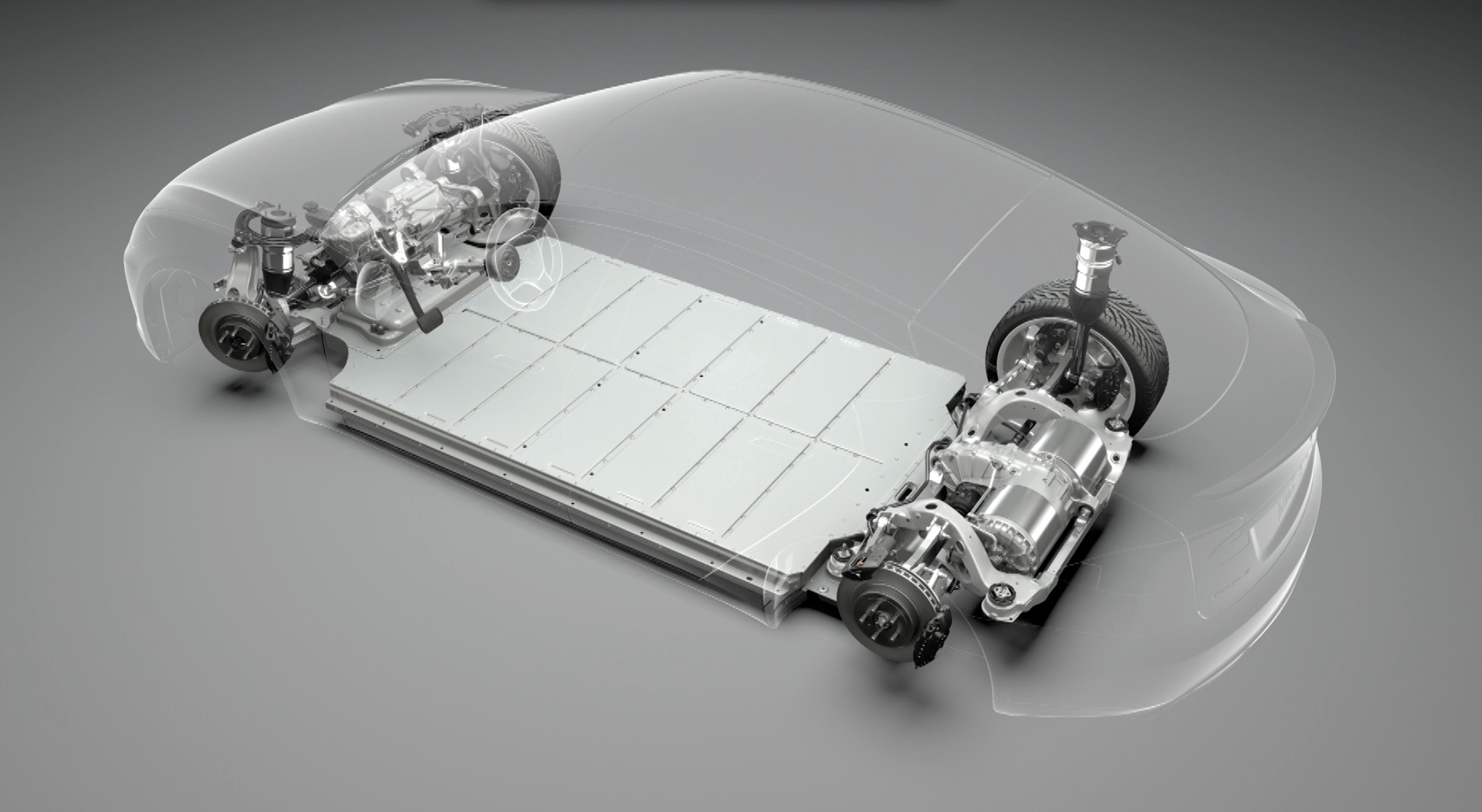So picked up my Model 3 in December , and currently still on my 17p per KW tarriff until Jan 31st,
On the 31st im moving over to BritishGas EV Tarriff , so charging from 12am to 5.30am @ 12p a KW.
I currently do 60 miles a day and charging up on Sunday,Tuesday and Thursday .
Currently in winter im using between 40-55% per 2 days, so im charging it upto 100% every time. I calculated i should most of the time be able to get back to 100% in the allocated hours using the cheaper 12p a kw providing i charge every 2 days.
Would any one be able to answer these questions.
> They say charging LFP batterys to 100% each time is the way to go, does it use a lot more electricty getting from say 90% to 100% ? More cost effective to only charge to say 90% or 80%.
> Is only running my batterys down to 50% most of the time bad ? should i be going lower to like 30/20% ?
> Whats the best way for setting a charge schedule ?, Via the Tesla or via the Gen3 Tesla charger.
I plan to keep this car for quite a long time so ideally want to treat it as nice as possible.
Thanks !
On the 31st im moving over to BritishGas EV Tarriff , so charging from 12am to 5.30am @ 12p a KW.
I currently do 60 miles a day and charging up on Sunday,Tuesday and Thursday .
Currently in winter im using between 40-55% per 2 days, so im charging it upto 100% every time. I calculated i should most of the time be able to get back to 100% in the allocated hours using the cheaper 12p a kw providing i charge every 2 days.
Would any one be able to answer these questions.
> They say charging LFP batterys to 100% each time is the way to go, does it use a lot more electricty getting from say 90% to 100% ? More cost effective to only charge to say 90% or 80%.
> Is only running my batterys down to 50% most of the time bad ? should i be going lower to like 30/20% ?
> Whats the best way for setting a charge schedule ?, Via the Tesla or via the Gen3 Tesla charger.
I plan to keep this car for quite a long time so ideally want to treat it as nice as possible.
Thanks !




